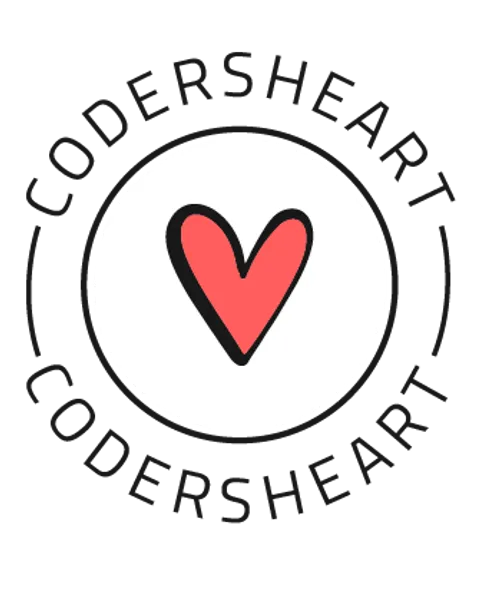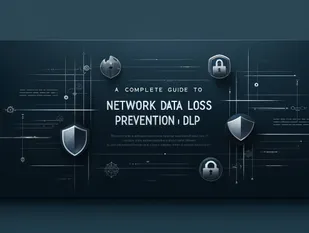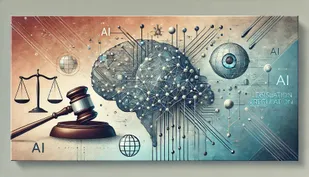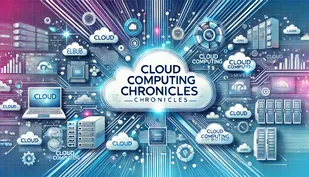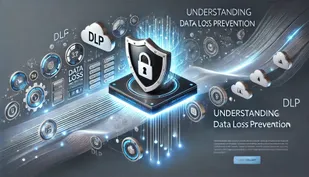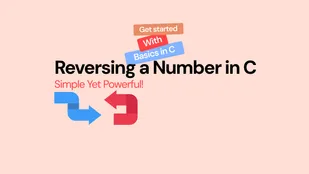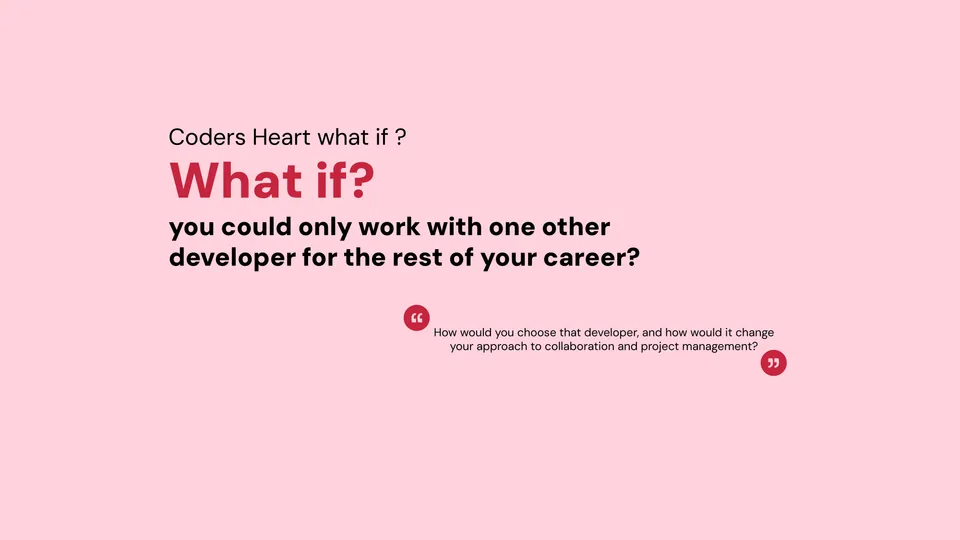
What If You Could Only Work with One Developer for the Rest of Your Career? 👩💻👨💻
Share it on
Imagine a scenario where you’re limited to collaborating with just one other developer for the entirety of your career. 🌟🤝 This thought experiment challenges us to consider how we choose our collaborators and how this unique situation would reshape our approach to development and project management. Let’s dive into the implications and strategies for making the most out of this singular partnership.
Choosing Your Ideal Developer Partner: The Key Considerations 🗝️🔍
-
Shared Vision and Goals: When selecting your lifelong coding partner, aligning on vision and goals is crucial. 🎯 You’d want to work with someone who shares your passion for technology and has similar aspirations for the projects you undertake. A shared vision ensures that both of you are motivated by the same end goals and are committed to achieving them together. 🌟
-
Complementary Skills: Ideal partners bring complementary skills to the table. 🛠️ For instance, if you excel in backend development, partnering with someone who has strengths in frontend design or user experience could create a balanced and dynamic team. This complementary skill set allows you to cover a broader range of project needs and tackle challenges more effectively. 💪
-
Strong Communication and Collaboration Skills: Effective communication is the backbone of any successful partnership. 📞 Your chosen developer should be someone with whom you can discuss ideas openly, resolve conflicts constructively, and work together seamlessly. Good communication fosters trust and ensures that both partners are on the same page throughout the development process. 🤝
-
Adaptability and Problem-Solving: A great partner is adaptable and possesses strong problem-solving skills. 🔄 The tech landscape is ever-evolving, and having a partner who can adapt to new technologies and tackle unforeseen challenges with creativity and resilience is invaluable. This adaptability helps ensure that you can navigate changes and obstacles together with agility and innovation. 🌐
-
Mutual Respect and Trust: Trust and respect are fundamental to any lasting partnership. 🤝 You’ll need a developer who values your contributions, respects your opinions, and trusts your judgment. Building and maintaining a relationship based on mutual respect ensures a positive working environment and enhances collaboration. 🌟
Transforming Your Approach to Collaboration and Project Management 🔄🛠️
-
Enhanced Collaboration Dynamics: With only one partner, collaboration becomes more intimate and focused. 👥 You’d likely develop a deep understanding of each other’s work styles, strengths, and preferences. This closeness allows for streamlined decision-making and more effective problem-solving. You’ll have the opportunity to experiment with and refine collaborative techniques, fostering a productive and efficient workflow. 🔧
-
Streamlined Project Management: Managing projects with a single partner means fewer coordination challenges and a more unified approach. 📈 You’ll need to establish clear roles and responsibilities to ensure that all aspects of the project are covered. This clarity simplifies project management and allows for a more agile and responsive development process. You’ll be able to make decisions faster and pivot more easily when necessary. 🚀
-
Deepened Expertise and Knowledge Sharing: Working with the same developer over the long term allows for deep specialization and knowledge sharing. 📚 You’ll both become experts in each other’s areas of strength, and this shared knowledge base enhances your ability to tackle complex problems and innovate together. Continuous learning and growth become integral parts of your collaboration, fostering a culture of ongoing improvement and excellence. 🌱
-
Long-Term Project Continuity: Long-term partnerships provide continuity and stability for projects. 🏗️ You’ll have the advantage of seeing projects through from inception to completion, with a consistent team that understands the project’s history and nuances. This continuity leads to more coherent and cohesive outcomes, as well as a stronger alignment with the project’s goals and vision. 🌍
-
Personal Growth and Development: A single partnership can significantly impact your personal and professional growth. 🌟 You’ll have the opportunity to develop a deep, long-lasting working relationship, which can be both rewarding and enriching. The experience gained from working closely with one developer will enhance your skills, broaden your perspective, and contribute to your overall growth as a professional. 📈
-
Innovation and Creativity: A long-term partnership fosters an environment where innovation and creativity can flourish. 💡 You’ll be able to explore new ideas and technologies together, building upon your shared experiences and insights. This collaborative creativity can lead to groundbreaking solutions and innovative approaches, pushing the boundaries of what’s possible in your projects. 🚀
-
Conflict Resolution and Team Dynamics: Navigating conflicts and differences in a long-term partnership requires effective conflict resolution skills and a commitment to maintaining a positive team dynamic. 🤔 It’s important to address disagreements constructively and work together to find solutions that benefit both partners and the project. Building strong conflict resolution skills ensures a healthy and productive working relationship, even in challenging situations. 🤝
Making the Most of Your Partnership: Strategies for Success 🌟🛠️
-
Set Clear Expectations and Goals: At the outset of your partnership, establish clear expectations and goals. 📋 Define your roles, responsibilities, and project objectives to ensure alignment and prevent misunderstandings. Regularly revisit these goals to stay on track and make adjustments as needed. 🛤️
-
Foster Open Communication: Maintain open and honest communication throughout your partnership. 🗣️ Share feedback, discuss challenges, and celebrate successes together. Regular check-ins and transparent discussions help keep the collaboration strong and productive. 💬
-
Embrace Flexibility and Adaptation: Be prepared to adapt to changes and evolving circumstances. 🌍 Technology and project requirements can shift, so remain flexible and open to new approaches. Embrace change as an opportunity for growth and innovation. 🔄
-
Prioritize Team Well-Being: A successful partnership relies on the well-being of both partners. 🌟 Support each other’s growth, balance workloads, and ensure that both partners have the opportunity to thrive professionally and personally. A healthy work environment fosters collaboration and productivity. 🌱
-
Celebrate Achievements and Learn from Challenges: Take time to celebrate your accomplishments and reflect on the lessons learned from challenges. 🎉 Recognizing your successes and learning from setbacks strengthens your partnership and motivates you to continue striving for excellence. 🌟
Conclusion: Building a Lasting Legacy in Software Development 🌟🚀
Working with just one developer for your entire career is a thought-provoking scenario that underscores the importance of choosing the right collaborator and making the most of your partnership. 🌍👩💻 By focusing on shared goals, complementary skills, and effective communication, you can build a successful and fulfilling partnership that drives innovation, growth, and excellence. Embrace the opportunity to work closely with a single partner, and let this unique collaboration shape the future of your career in software development. 🌟💻
In this journey, the power of partnership becomes clear—by choosing wisely and working together harmoniously, you can achieve remarkable things and create a lasting impact in the world of technology. 🌟🚀
